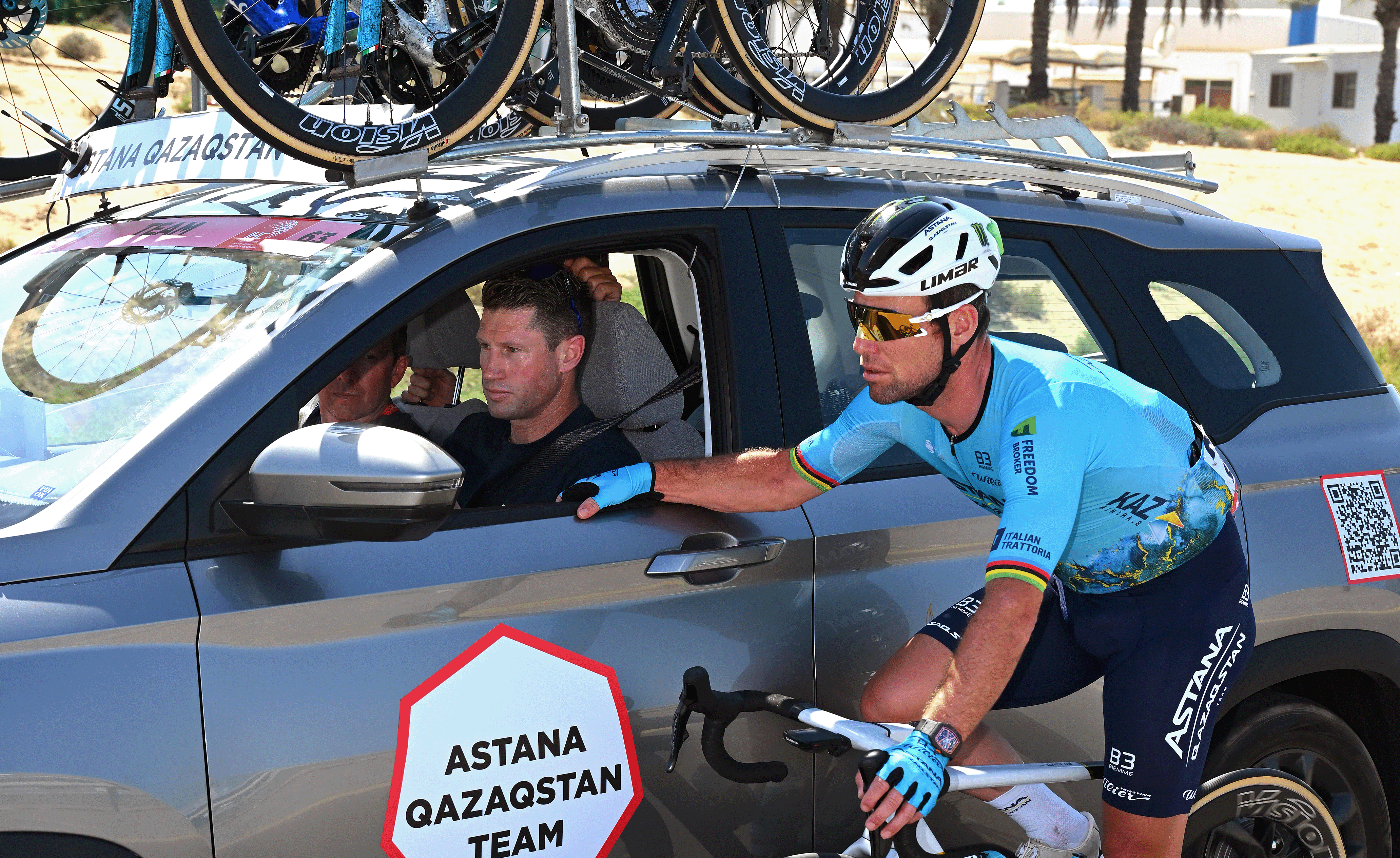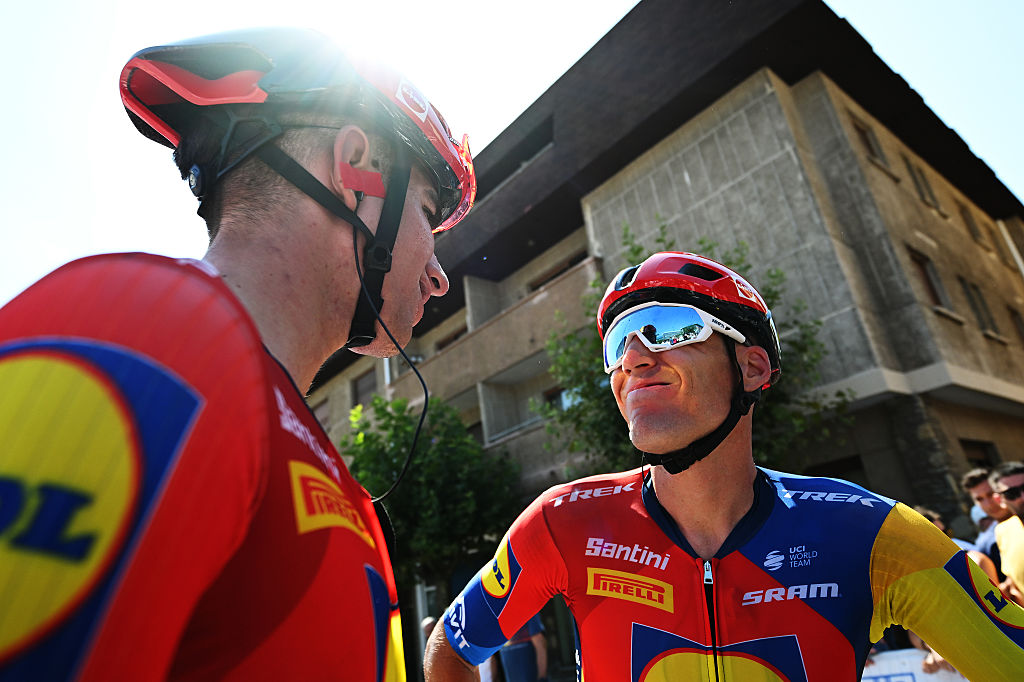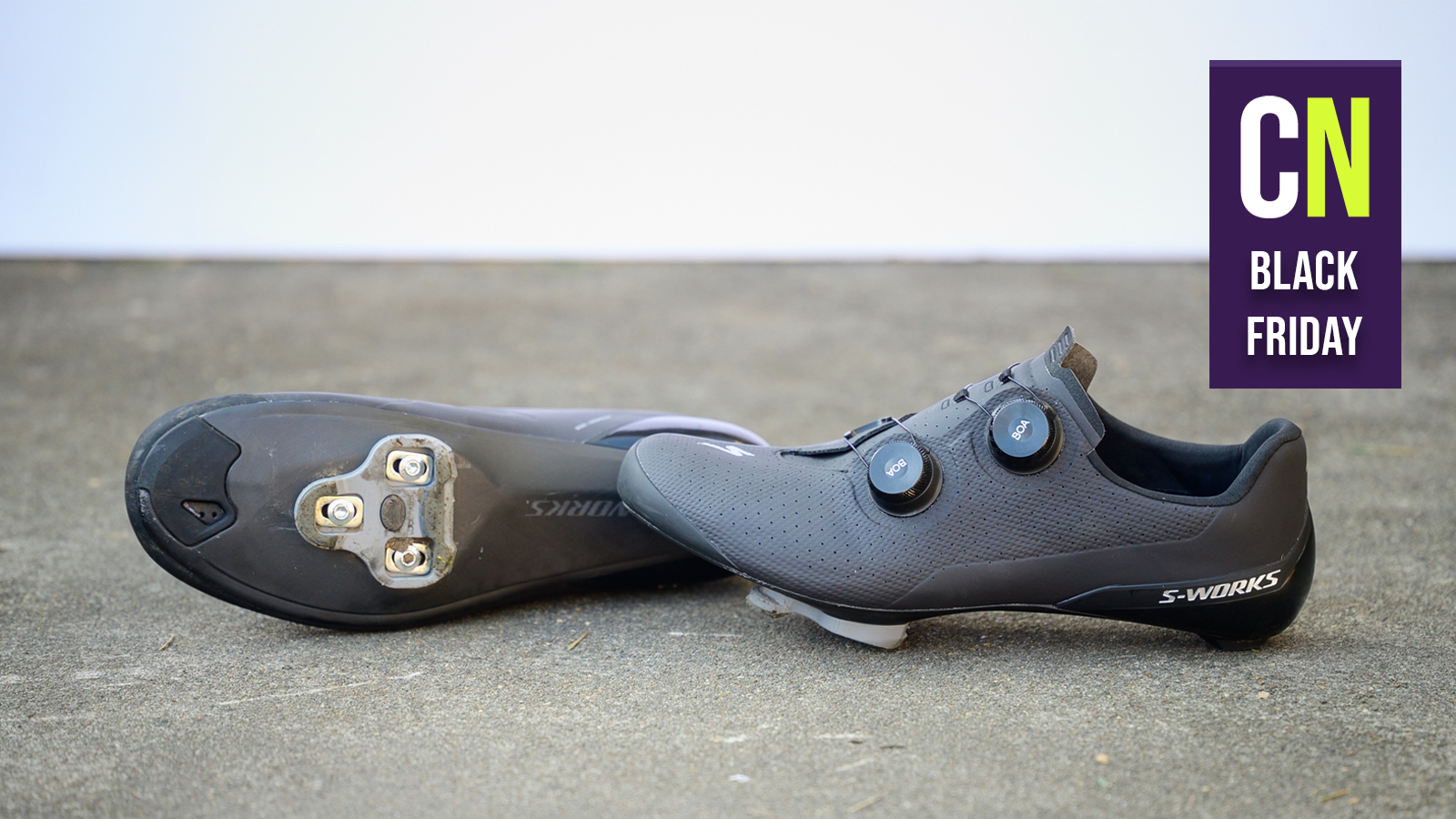'It could be even more decisive than Angliru' – Brutal Basque Country hills near Bilbao set to bring 'chaos' to Vuelta a España stage 11 – preview
Riders brace themselves for seven categorised climbs scattered on 157.4km route starting and finishing in the region's biggest city
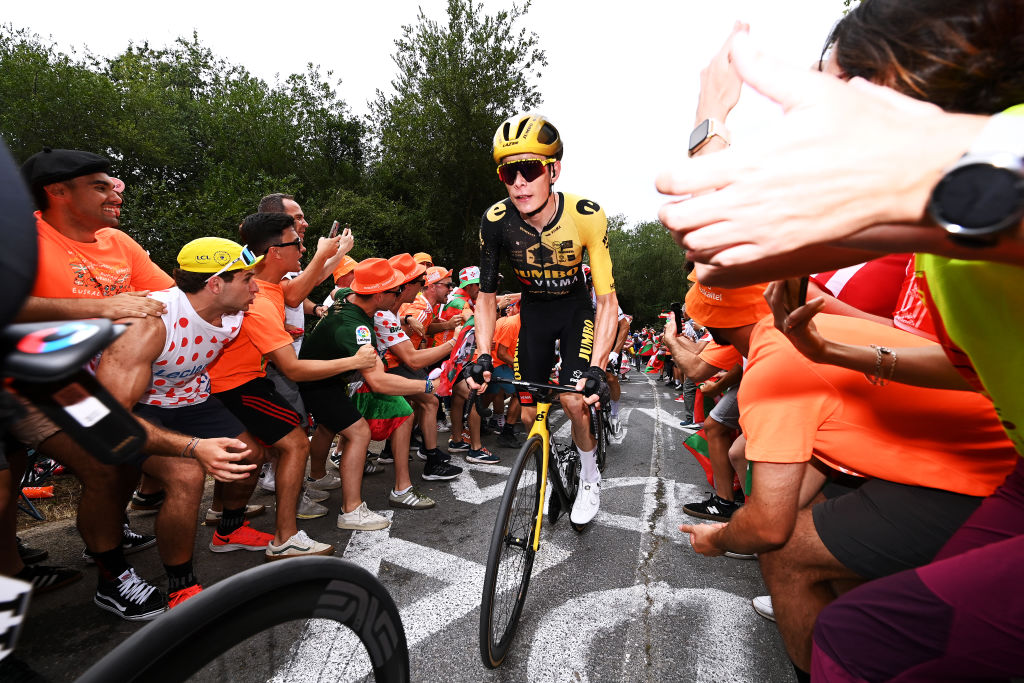
The second week of the Vuelta a España may have kicked off with another summit finish to Larra Belagua, but it's the day after, stage 11 in Bilbao, which is set to bring real 'chaos' to the 2025 route after a relatively straightforward start to racing in the opening 10 days.
Up until this point, the climbing days have largely been calm, with breakaways winning stages 6, 7 and 10, and pre-race favourite Jonas Vingegaard (Visma-Lease a Bike) only lighting up stage 9 after instinctively calling for his team to rip things up and launch him to solo victory.
The arrival of one of Spain's traditional cycling heartlands to the route – the Basque Country, or Euskadi in the local language – brings with it the punchy, steep hills and green scenes around its largest city, Bilbao, to the 2025 Vuelta.
It's set to be a day of fireworks, with the threat of GC gaps and a huge battle for the overall contenders likely to kick off across the 157.4 kilometres and seven categorised climbs, which arrive thick and fast before the 45th finish in Bilbao throughout the Vuelta's history. Everyone will be on high alert for a day where the race could genuinely be won or lost overall.
Stage 10 winner Jay Vine even said in his winner's press conference that the punchy route could be more important in deciding the red jersey than the Alto de l'Angliru, commonly viewed as Spain's hardest climb, which will headline stage 13 on Friday.
"Tomorrow is going to be incredibly technical. It could be even more decisive than Angliru," said Vine. "It's very important for us, and I just really hope that I can have a nice recovery to try and help as much as possible. I don't think I'll be able to be there in the final, but my goal is to get as far as possible for João [Almeida]."
The start of the stage will take place in front of the Estadio de San Mamés, home to the iconic Basque football club Athletic Club Bilbao, but it won't be the prolific striker Telmo Zarra or modern-day marvel Nico Williams that the hoards of fans in attendance are waiting to see, but the likes of two-time Tour de France winner Vingegaard.
The latest race content, interviews, features, reviews and expert buying guides, direct to your inbox!
Basque fans are some of the very best in cycling, and the Ikurriña – the region's ever-recognisable red, green and white flag – will be seen all along the route. The riders will pass by Gernika, site of the infamous civil war bombing in 1937, which was immortalised by Pablo Picasso's painting of the same name in Spanish and several of the most well-known climbs in the region.
Bilbao and its surrounding hills most recently played host to Vuelta action during the 2022 race, when Marc Soler (UAE Team Emirates-XRG) emerged from a hard-fought battle in the breakaway to win, with the penultimate climb on Wednesday's route being used as the final ascent on that occasion.
Other winners in Bilbao at the Spanish Grand Tour include Philippe Gilbert in 2019 and home Basque rider Igor Antón, who took a famous win in the iconic orange jersey of local team Euskaltel-Euskadi at the 2011 race.
Antón's special day on home roads is one of the most important in Vuelta history, as it occurred in the year that the Vuelta finally returned to the Basque Country after a semi-enforced 33-year absence as a result of political and economic reasons.
Several of the climbs that will be in action on Wednesday have been seen more recently in Grand Tour racing, but at the Tour de France in 2023, when the Basque Country hosted the Grand Départ. On that occasion, it was Adam Yates who took victory after he and his twin, Simon Yates, got away on the descent of the final climb and fought out the finish one-on-one.
That stage may have been longer by 30km, but it was not as difficult on paper, with two fewer climbs and the short but sharp Alto del Vivero (4.3km at 7.9%) being tackled twice in the final 60km. Antón, who probably knows the Vivero better than anyone as a local, described it when speaking to Cyclingnews in 2022, and explained that the near-8% average gradient doesn't quite tell the full story, too.
"Bearing in mind there's a flat bit about halfway up and how that affects the average overall, it's actually pretty tough," said the Basque rider.
"The first part, around 1.5km before you get that break, is hard, but the second part is really tough, with gradients of 10% or more."
With two different routes up the Vivero on the route, the second of which is the harder way, it could play a crucial role in deciding the stage winner, and will certainly put some sting in the legs if the conclusion arrives one climb later.
Short and steep climbs set to explode stage 11 of Vuelta a España
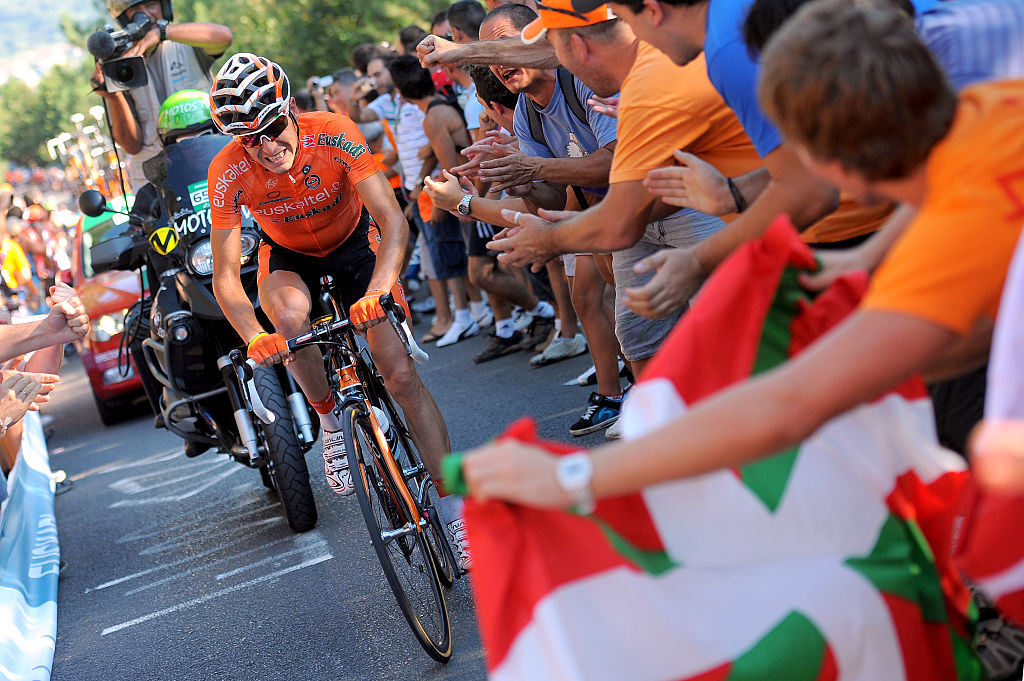
When you look at the climbs in full, it makes sense exactly why Ben O'Connor (Jayco AlUla) was expecting fireworks when he spoke to reporters at the start of stage 8, highlighting the day in Bilbao as the starting point for the serious action to kick off.
'It's going to come – the stage in Bilbao is a really tricky stage and one where chaos will start to reign and show itself," said O'Connor. "It's a curious stage, and it's not ideal for me, but it's a stage where you get some really hard racing."
The chaos O'Connor signposts could arrive as early as kilometre 0, with the climbing to begin right from the flag up the 4-kilometre Alto de Laukiz, with a second and harder ascent up the Alto de Sollube (7.2km at 4.2%) arriving 18km later, offering a second chance to attack away if the initial attempts weren't successful.
After heading towards the Bay of Biscay, the race will turn south into the flattest part of the stage after 30km of racing, until it reaches Guernica, which will signal the start of a long section of uncategorised climbing that leads into the third categorised ascent – Balcón de Bizkaia (4.3km at 5.4%).
From this point on, and with just under half of the stage completed, a break could well have gone, but it's also possible that someone with GC ambitions could have snuck in and forced a furious chase. Such is the difficulty of the parcours and frequency of climbs that all-out action could breed a number of different situations.
At the business end of the stage in the run back to Bilbao and loop in and around the Basque hills, the three climbs commonly used in finishes into the city will once again play host to the final – Alto de Morga (8.2km at 3.5%), Alto del Vivero (4.3km at 7.9%) twice and finally the violently steep Alto de Pike (2.1km at 9.2%), before an 8-kilometre downhill run to the line.
With the parcours resembling that of the Clasicá San Sebastián or an Ardennes Classic, expect the best punchy one-day specialists present at the Vuelta to come to the fore, such as the most recent winner of the former – Giulio Ciccone (Lidl-Trek), or Tom Pidcock (Q36.5), as both attempt to better their GC positions on favoured territory.
As the overall favourite, Vingegaard could be eyeing his third stage win of the race, but making it through the tricky hills unscathed and with his GC lead intact may become his priority; however, the accumulation of climbing will likely make him the favourite.
After all, he beat Ciccone on the punchy finish to victory on stage 2 in Italy and has only really been bettered by Tadej Pogačar when it comes to climbing in Grand Tours, and with the support of versatile US star rider Matteo Jorgenson, Vingegaard could well use the Pike as his launchpad.
What's guaranteed is that the Basque fans will be raucous, as they were at the Tour in 2023, and that there will be fireworks, from the GC hopefuls and all of those chasing a stage win in an iconic cycling heartland. It's a must-watch stage at the Vuelta a España and could be added to the number of iconic Basque stages that live on in fans' memories, such as that by Antón 14 years ago.
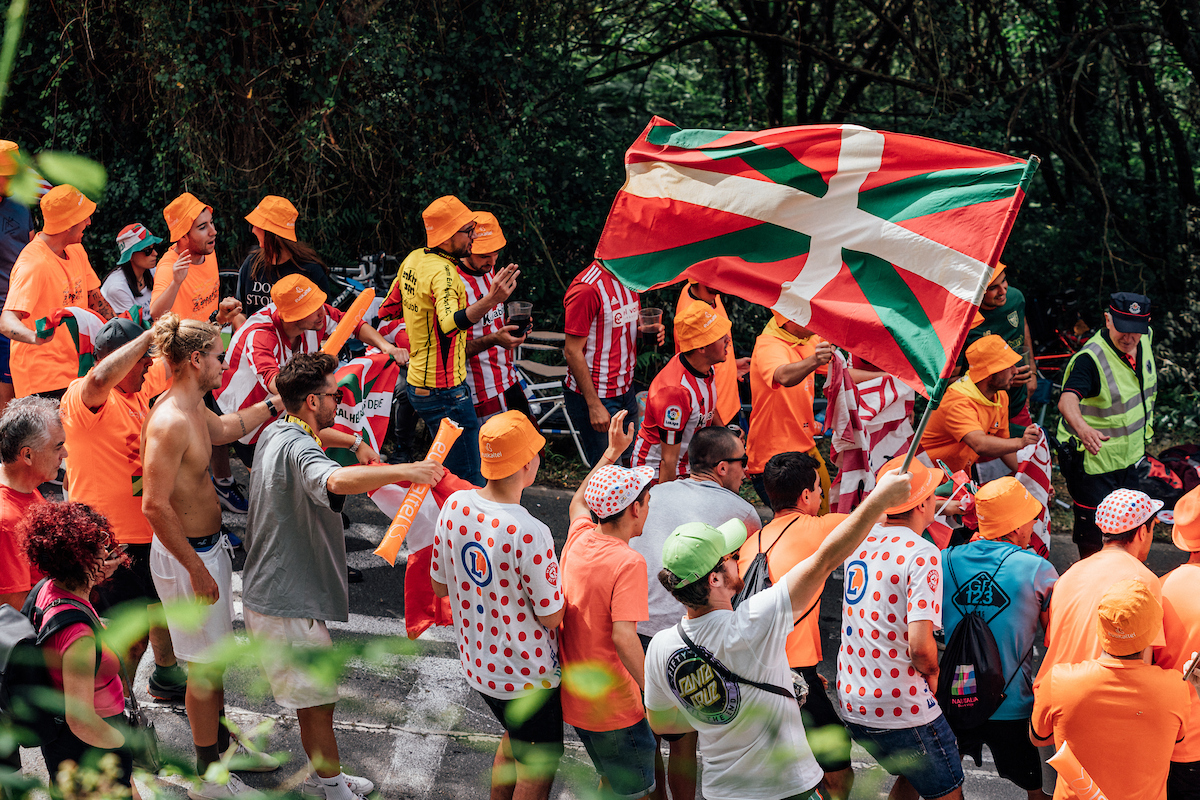
Climbs
- Alto de Laukiz (cat.3) 1.1km
- Alto de Sollube (cat.3) 26.2km
- Balcón de Bizkaia (cat.3) 63.2km
- Alto de Morga (cat.3) 86.1km
- Alto del Vivero (cat.2) 104.4km
- Alto del Vivero (cat.2) 133.3km
- Alto del Pike (cat.3) 149.6km - time bonus
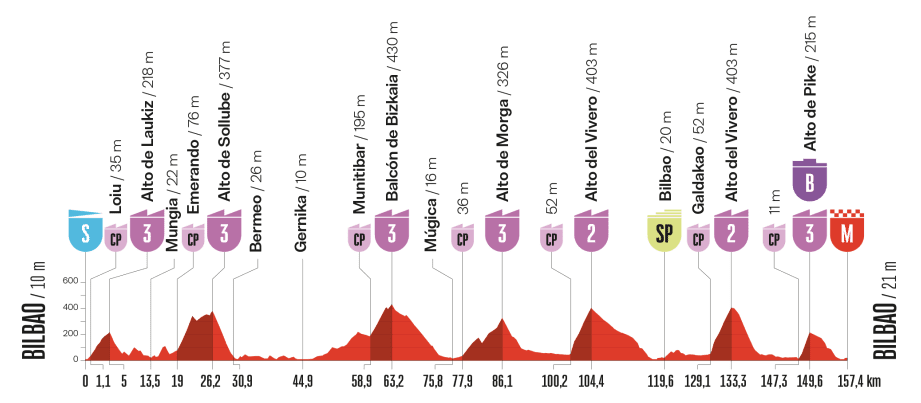
Sprints
- Bilbao, km. 119.6

James Moultrie is a gold-standard NCTJ journalist who joined Cyclingnews as a News Writer in 2023 after originally contributing as a freelancer for eight months, during which time he also wrote for Eurosport, Rouleur and Cycling Weekly. Prior to joining the team he reported on races such as Paris-Roubaix and the Giro d’Italia Donne for Eurosport and has interviewed some of the sport’s top riders in Chloé Dygert, Lizzie Deignan and Wout van Aert. Outside of cycling, he spends the majority of his time watching other sports – rugby, football, cricket, and American Football to name a few.
You must confirm your public display name before commenting
Please logout and then login again, you will then be prompted to enter your display name.
Latest on Cyclingnews
-
Best road bike helmets 2025: Our experts' picks, buying advice, and today's best prices
The best road bike helmets depend on your individual needs, budget and preferences. In this guide, our experts unpack the jargon to help you buy the right one, while our live pricing software helps you get the best deal -
Mark Renshaw departs XDS-Astana for Decathlon CMA CGM to bring expertise to 'sprint project'
Former star lead-out to guide new signing Olav Kooij and train in 2026, Heinrich Haussler also joins as DS for the Classics -
Lidl-Trek racer Aleix Espargaró switches back to MotoGP for 2026
'I thought I could be in both worlds, and that hasn't been the case' says Spaniard -
Black Friday cycling shoes: Road, gravel and MTB footwear in the sales
Cycling shoes can be expensive, and finding a comfortable pair can be a tough process, so use our roundup of Black Friday cycling shoes deals to save money

